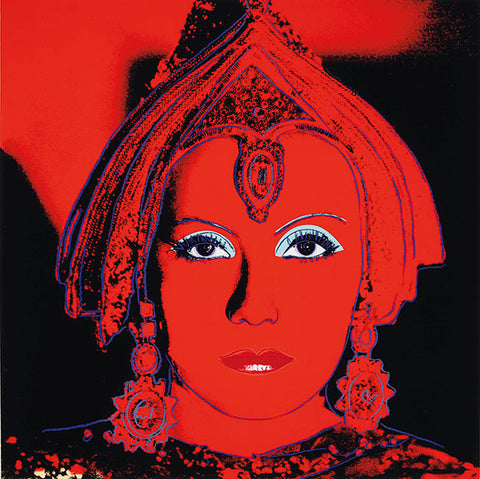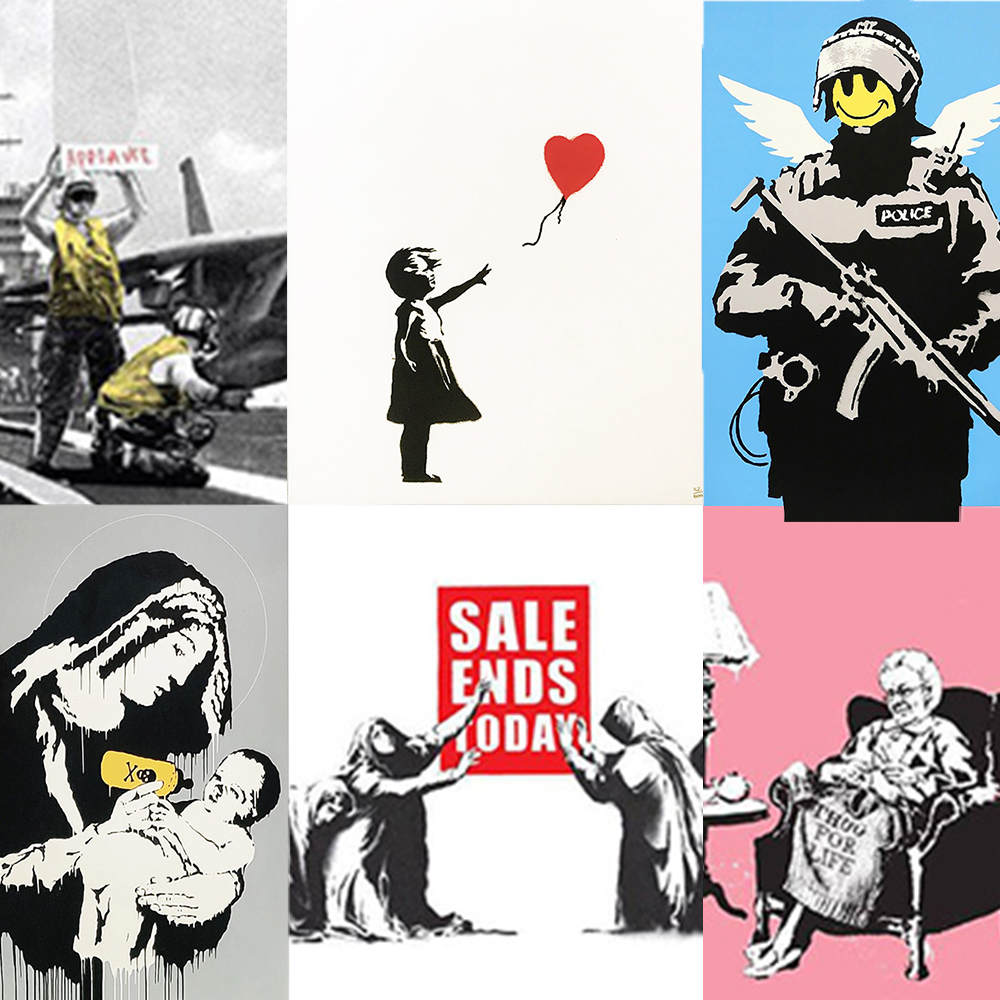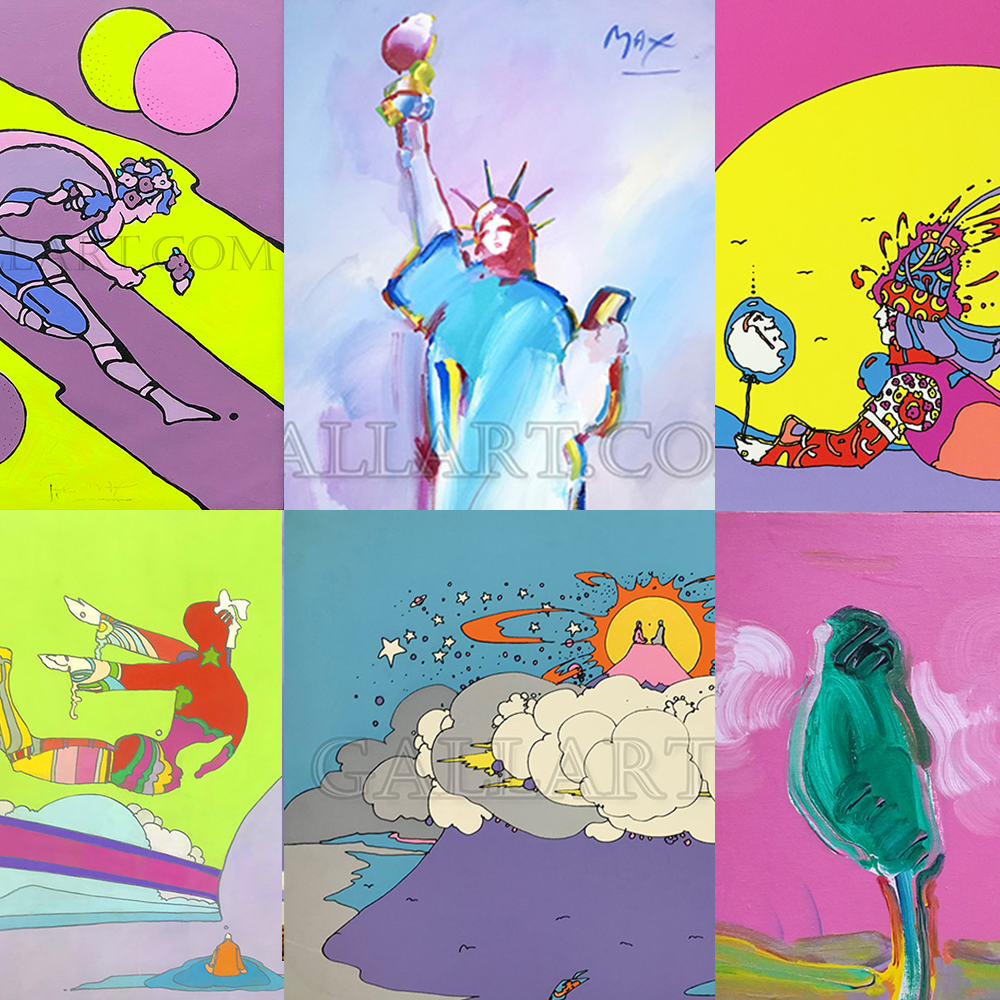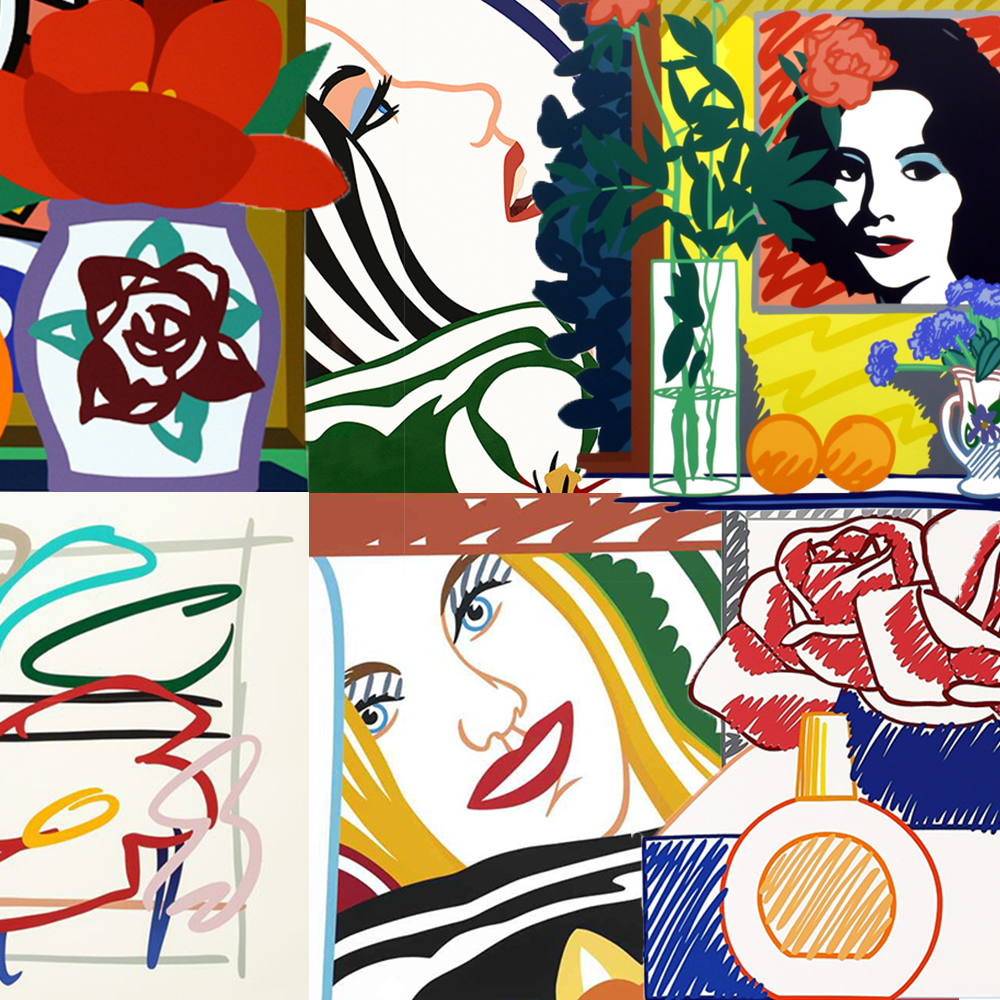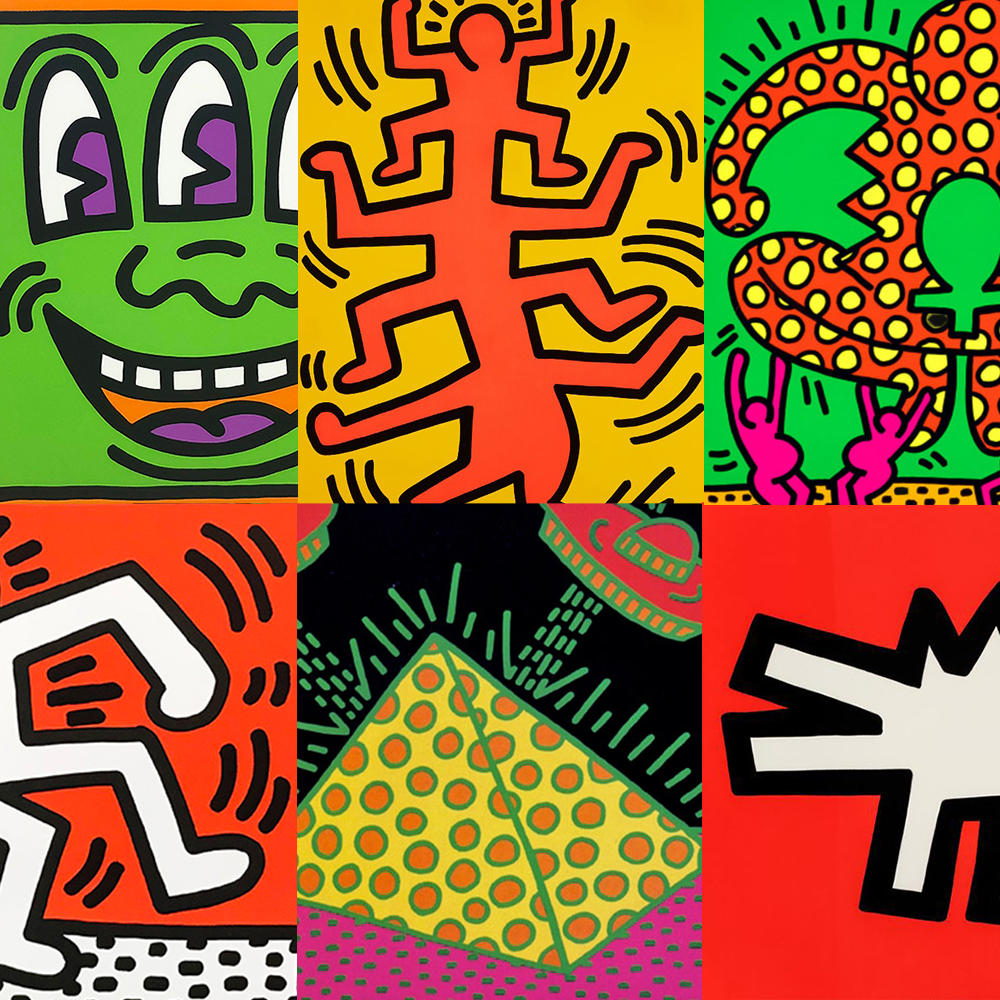THE STAR F&S II.258
ANDY WARHOL
Myths: The Star F&S II.258
Screen print with diamond dust
Edition of 200
38 x 38 inches
Andy Warhol’s The Star, 1981 is based on a promotional still image Warhol found of Greta Garbo dressed in full costume for her lead role in the 1931 film Mata Hari. At the time the film was released, Garbo was regarded as one of the greatest actresses of all time, and still is. Garbo was also a celebrity idol Warhol held particularly dear to his heart, even choosing to title his painting of Garbo, The Star. Warhol had an unerring sense for the powerful motifs of his time, creating timeless images that will forever capture modern imaginations. Warhol’s re-presentation of cultural and consumer icons, such as Greta Garbo, made Warhol one of the most famous artists of his generation. Warhol must have studied cinema at Carnegie Tech as an art major. Moreover, Warhol was a great cineaste and evidently familiar with films starring Garbo as Warhol had already drawn illustrations of the Swedish actress back in the mid-1950s. According to some reports Warhol met Garbo in the 1950’s and its even rumored Warhol modelled his public persona on the reclusive film star, who retired from movie making in 1941.
Warhol’s portrait of Garbo in The Star shows a scarlet image of the Swedish actress as Mata Hari. Warhol transforms the original black and white film-still into an icon for the late 20th century with his dazzling use of color and bold lines. The artist also incorporated diamond dust on top of the screen-printing process which adds a wonderful luster to the artwork.The image is flooded with an intense red, contoured in black and Garbo’s eyes are colored blue as though wearing eye shadow.
In the portrait, Garbo confronts the viewer by staring straight into the camera and maintains a powerful dignity that Warhol would have found enviable, and captivating. By choosing an image where the actress confidently holds the viewers gaze, Warhol manipulates the photograph to make it seem as though Garbo is illuminated by a strong red light and the resulting image embodies the popular American myth of the femme fatal.The vivid portrait has a rich quality that marks it as a standout image within the Myths series, notably through Warhol’s use of color. This gorgeous scarlet portrait of Garbo as Mata Hari remains a favorite with art collectors worldwide as it embodies everything Warhol adored: Beauty, celebrity, and wealth.
The Star is part of Warhol’s renowned 1981 Myths series. The series is a set of 10 prints that explores the creation of myths in American popular culture. The title of the series refers to the mythical characters immortalized by American cinema. Most images in Warhol’s Myths series are based on old Hollywood films or 50’s television characters. Included in the series are portraits of imaginary characters such as Superman, Howdy Doody, Santa Claus, Dracula, The Wicked Witch of the West, and Uncle Sam. The Star features one of the only two portraits in the Myths series that depict a real person and not a fictional character (the other being The Shadow which is a portrait of Warhol himself). Moreover, The Star is the only image not shot by Warhol himself in the Myths series as (after encountering a few legal difficulties early on in his career) Warhol preferred to shoot or commission original photography for his silk-screened works. However, the most striking element of Warhol’s The Star portrait is the image itself which seems to break from the other portraits in the Myths series, since the character in the film Mata Hari– a wartime exotic dancer and spy – does not appear to be the artwork’s subject, but rather Garbo herself.
Considered to be one of the greatest movie stars of all time to ever grace the silver screen, Garbo’s real-life persona is perhaps even more mythical than the characters she played in film. Garbo was so reclusive and mysterious that she was known in the press as the “Swedish Sphinx”. As her career flourished, Garbo grew more and more distant, eventually retiring from the public eye all together at the age of 35- at the height of her career and after appearing in 28 successful films.
Greta Garbo was born Greta Lovisa Gustafsson on September 18, 1905, in Stockholm, Sweden to Anna Lovisa Johansdotter, a factory worker, and Karl Alfred Gustafssson, also a day laborer. Garbo grew up in an impoverished family. Then when she turned fourteen her father passed-away and Garbo was forced to drop out of school and start working in a department store. Friends encouraged a young Garbo to appear in a short advertising film for the store she worked at. Garbo later won a scholarship to a Swedish drama school. She was finally discovered by famed Swedish director Mauritz Stiller, who pulled her from drama school and star in the leading role to The Saga of Gosta Berling 1924.
Louis B. Mayer was at that time vice president and general manager of Metro-Goldwyn-Mayer in the United States. Mayer was always looking for new talent, had done his research and was interested in Stiller. Mayer made Stiller an offer, but Stiller demanded that Garbo be part of any contract. In 1925, at the request of Mayer, Garbo was brought over from Sweden. At the time Garbo was unable to speak English. However, after seeing Garbo’s screentest at MGM director Irving Thalberg was impressed and began grooming the young actress immediately arranging to fix her teeth, making sure she lost weight, and giving her English lessons. Profits from her third movie A Woman of Affairs, 1928 catapulted Garbo’s stardom status to top billing silent film star of the 1928–1929 box office season. Despite her ascending status as a star of silent films, the studio feared that her Swedish accent might impair her work in sound, and MGM delayed the shift for as long as possible. However, by the end of 1929 Garbo was cast to star in her first speaking role in the film Anna Christie which became the highest grossing film of the year and earned Garbo her first academy award nomination. The following year in 1931, Garbo was cast to perform in the film adaptation of Thomas Coulson’s 1930’s book loosely based on the life of the world’s most famous double secret agent: Mata Hari.
Mata Hari has long been revered as the ultimate femme fatale who spied for the Germans during WWI and caused the deaths of thousands of allied soldiers. Today, a hundred year after her death, Mata Hari’s life story still captures the imagination of millions of people around the world. Mata Hari’s influence on popular culture was fueled greatly by Garbo’s portrayal of her in the 1931 film. However, Trial archives kept confidential by the French were released in 2017. The documents recast the Great war’s most notorious spy as a mother who left her abusive marriage and as a scapegoat for a war-torn France looking to distract from heavy casualties in the front lines.
Mata Hari was born Margherita Geertruida Zelle on August 7th, 1876, to a prosperous family in the Netherlands. When Zelle turned 15 her father lost his fortune and her mother passed away. At 18 Zelle married an officer from the East Indies Army. The couple later moved to Indonesia and had 2 children. Unfortunately, the son died unexpectedly at the age of three and the surviving daughter eventually went to live with Zelle’s former husband when the couple separated. For several months after the separation, Zelle studied Indonesian culture and in 1897, Zelle revealed to relatives in Netherlands for the first time her new artistic name; Mata Hari which is the word for “sun” in local Malay language and literally translates to “eye of the day”.
In 1903 Zelle moved to Paris to become an exotic performer. By 1904, Zelle had established herself as a prominent exotic dancer by her stage name Mata Hari. Mata Hari became an overnight success after the debut of her famous act at the Musee Guimet on March 13th, 1905. The most celebrated segment of Mata Hari’s act was her progressive shedding of clothing until she wore just a jeweled breastplate. Mata Hari’s career went into decline after 1912. On March 13th, 1915, she performed what would be the last show of her career. However, by this time she had become a successful courtesan, known more for her sensuality and eroticism than for her beauty. Mata Hari had long lasting relationships as mistress to millionaires, high ranking military officers, politicians, and others in influential positions in many countries. Prior to WWI Mata Hari frequently travelled across international borders undetected in her role as mistress to powerful men. However, as war approached Mata Hari began to be seen by some as a dangerous seductress.
During WWI, Mata Hari was involved in a (well-documented) romantic relationship with Captain Vadim Maslov, a 23-year-old Russian pilot serving for the French Army. Unfortunately, in 1916, Maslov was shot down and badly wounded. As a result of his injuries, Maslov, was partially blinded. Mata Hari was eventually given permission to visit the frontline where Maslov was recovering from his injuries. Upon arrival, Mata Hari was instead met by agents from the Deuxieme Bureau, who threatened she would only be allowed to see her lover if she spied for the French and offered Mata Hari one million francs to seduce German Crown Prince Wilhelm. Mata Hari reluctantly accepted to cooperate with the Deuxieme Bureau as her options were limited. Unexpectedly, in November 1916, Mata Hari was intercepted by British authorities on her way to arrange a meeting with German Crown Prince Wilhelm. She was arrested in London and interrogated at New Scotland Yard by the assistant commissioner in charge of counterespionage. According to transcripts, Mata Hari eventually acknowledged working for the Deuxieme Bureau. She was later released and allowed to resume her travel and meet with German military officials.
In late 1916, Mata Hari finally met with a German military attaché. The German official later reported Mata Hari had offered to share French secrets with Germany in exchange for money. However, it remains unclear whether this was an attempt to set up a meeting with Crown Prince Wilhelm. Nevertheless, on December 1916 the Second Bureau of the French War decided to leak the name of six German spies including the name of a double- agent working for both France and Germany. Two weeks later only the double-agent was arrested and executed by German Authorities. This event in turn confirmed the Second Bureau’s suspicions of Mata Hari being a double agent herself.
Mata Hari’s macabre fate was sealed on January 1917 when radio messages were transmitted to Berlin describing the helpful activities of a German spy code-named H-21. The Deuxième Bureau intercepted the messages and from the information the messages contained the Bureau identified spy code-named H-21 to be Mata Hari. Strangely enough the messages intercepted were in a code that German intelligence knew had already been broken by French Intelligence, leading many to believe that the messages were contrived to have Mata Hari arrested on February 13, 1917.
Mata Hari was executed by a firing squad of 12 French soldiers just before dawn on October 15th, 1917. She was 41 years of age. According to an eyewitness account she refused to be blindfolded and defiantly stared into the eyes of her executioners. As they opened fire Mata Hari blew a kiss to the firing squad.
The film Mata Hari was released by Metro-Goldwyn-Mayer (MGM) and premiered in the USA on December 26, 1931, at the Capitol Theater in New York. It was produced by Bernie Fineman, directed by George Fitzmaurice and filmed in 43 days. For each MGM film, Garbo was photographed on the set by both a still photographer and a portrait photographer. In fact, the photograph Andy Warhol used for The Star portrait was an MGM stock image created during the production of Mata Hari and used by the studio to promote the film. For the film Mata Hari a total of 133 movie stills were shot. The stills were made during the production by Milton Brown. The photographer Clarence Sinclair Bull made the portraits for the film. The actress’s longest working relationship was with Clarence Sinclair Bull, who viewed their collaborations as so central to his career that he titled his memoir The Man Who Shot Garbo. Clarence Sinclair Bull (1896-1979) was hired by movie mogul Sam Goldwyn in 1920 to photograph publicity stills of the studio's stars. Four years later, when Metro-Goldwyn-Mayer was founded, Bull was appointed as the head of their stills department where he remained throughout his career. During that time, he took portraits of the most celebrated Hollywood film stars, however, he is particularly known for his photographs of Greta Garbo who was almost exclusively photographed by Bull from 1926 to 1941 as Garbo had informed the studio in 1930 that there was only one man she wanted to shoot her portraits: Clarence Sinclair Bull. The photographs taken during the filming of Two-Faced Woman was to be Garbo’s and Bull’s final photo session together. As Garbo gathered her things and got ready to go, Clarence Sinclair Bull asked if he could shoot one more portrait. Bull's final portrait of Garbo was Garbo’s last Hollywood sitting as that was Garbo’s last film before retiring. In 1979, in the last few months of his life, Bull producing a limited-edition portfolio of his Garbo prints. Towards the end of her life only Garbo’s closest friends knew she was receiving six-hour daily dialysis treatments three times a week. She was eventually hospitalized due to complications from pneumonia. Garbo died of renal failure at hospital on April, 15th, 1990.
ARTIST COLLECTIONS
-
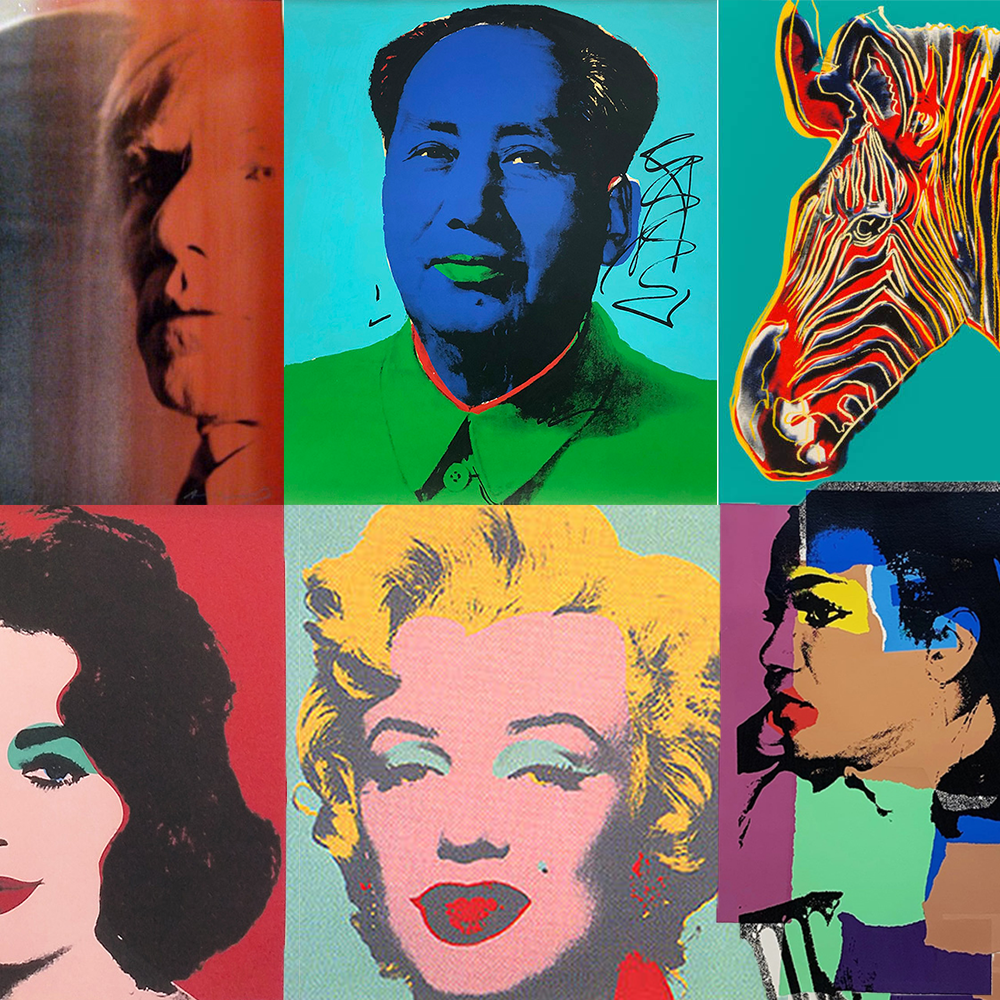
ANDY WARHOL ART
WARHOL | Biography

